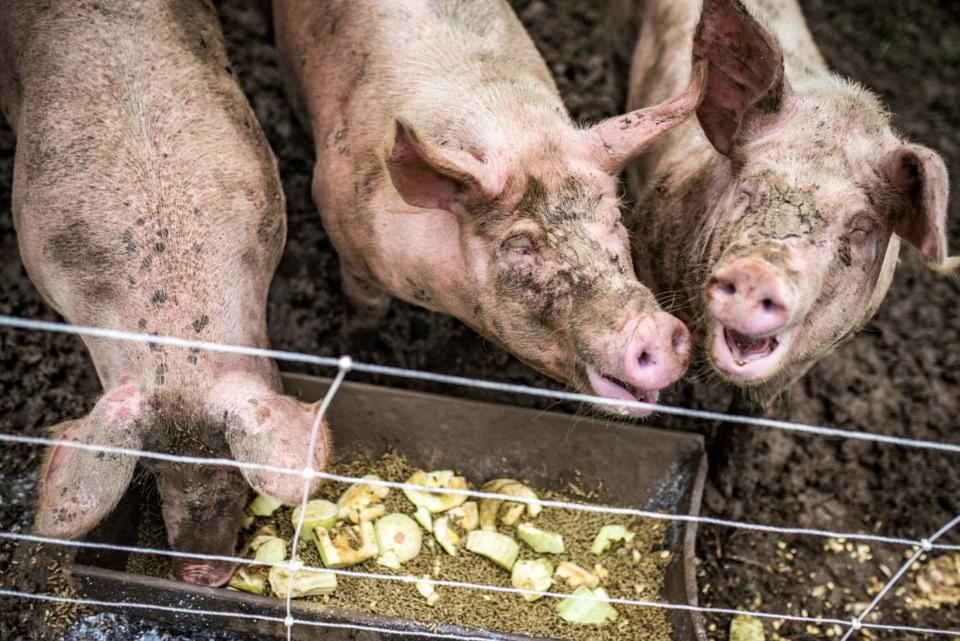YORKTON - Increasingly how farmers farm will be dictated by government regulation.
Where regulation of business by government is not new, agriculture has long operated with perhaps less interference than most sectors.
That can of course be seen as a positive by producers, although increasingly the public is concerned about how farmers farm. It might be suggested the concerns arise from most people having no idea how food is produced, and that lack of knowledge is something where misinformation can quickly take route and have consumers concerned.
That isn’t to suggest producers can’t do some things better, but when you have elected officials – again many not having direct farm knowledge in many jurisdictions – legislation can go too far, and become prohibitive to production.
In North America in particular it is easy to think changes are positive with little concern about production because food shelves in stores are generally always full, there is a larger question about feeding the world in a fashion which is cost effective, and allows producers to make a dollar too.
It’s a balancing act that seems to be tilting toward legislative decisions that are edging too far in terms of farmers 小蓝视频 able to operate reasonably.
For example the hog industry stateside is expecting turmoil to arise after the U.S. Supreme Court upheld a California law cutting off that giant market from most North American pork.
“The law, known as Proposition 12, also affects other meats such as chicken and beef. It bans the in-state production and sale from any source of meats not produced to the law’s specifications, which defines not only the type of animal production systems allowed but also technical details required for compliant systems,” reported a article.
“While the intention known as ‘Prop 12’ is to force livestock producers to offer systems such as open housing for gestating sows that many people believe are more humane than individual stalls, the technical specifications mean that many barns that have been retrofitted or built new around open housing won’t be acceptable . . .
“Small numbers of barns with open housing have been built, but few with the required amount of space per sow defined by Prop 12. For instance, even with open housing, the new law dictates that each sow must have at least 24 sq. feet of room, which is more than most contemporary systems provide.”
Clearly the industry – even those moving toward greater sow freedom – have a different vision than California legislators, and while you should not simply believe anything from a particular group without some research, I’d be less trusting of largely urban elected officials.
But here the die has been cast, and it could lead to pork shortages in California, and a glut in other jurisdictions where pork typically sold into the huge California market goes.
It’s a case of legislation at least needing a phase-in period to adjust so as not to disrupt markets, but that clearly is not happening.
If legislators are going down the road of greater control of how farmers farm they should at least tread with some care.






